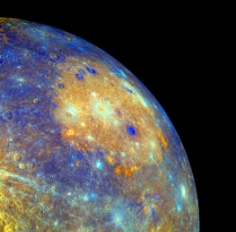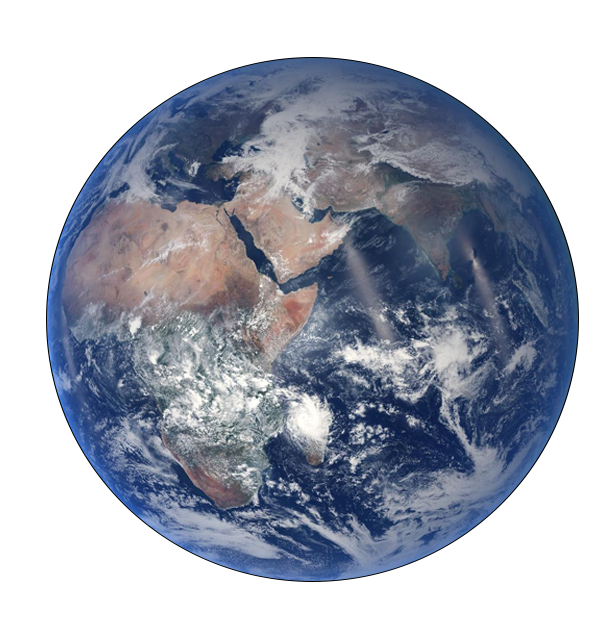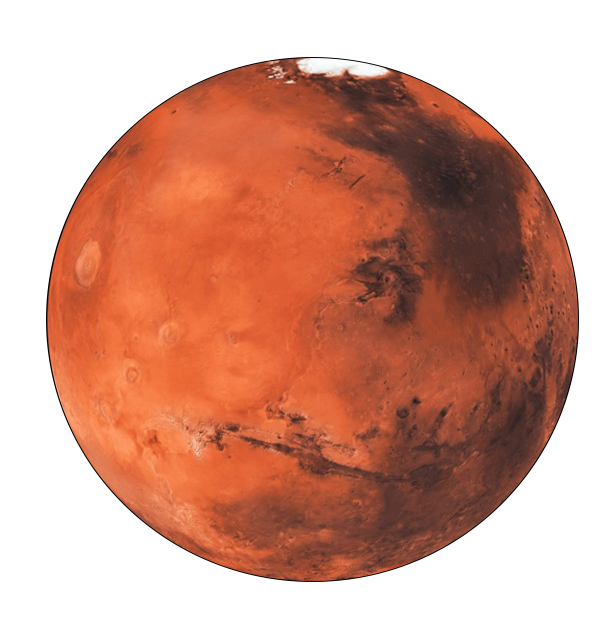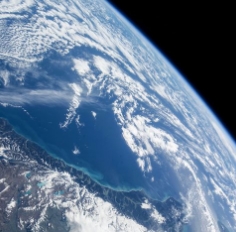MERCURY
Mercury, the smallest and innermost planet of our solar system, is a fascinating world with unique characteristics. With a diameter of just 4,880 kilometers, it is only slightly larger than Earth's moon. Despite its small size, Mercury boasts some remarkable features. Its surface is heavily cratered, bearing the scars of numerous impacts from asteroids and comets over billions of years. These impact craters range in size from small pits to large basins, such as the Caloris Basin, which stretches over 1,500 kilometers in diameter.
CLICK HERE TO SEE MORE

 MERCURY
MERCURY
 WENUS
WENUS
 EARTH
EARTH
 MARS
MARS











